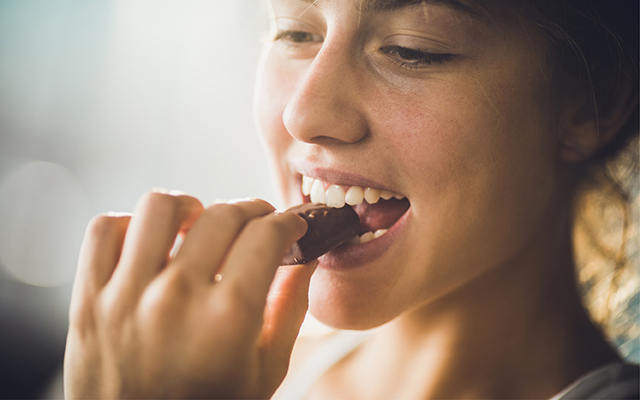Skin problems? It may be something you’re eating, such as these common suspects.
Dairy: Studies associate intake of dairy — and more specifically, low-fat dairy — with acne in teenagers and young adults. One theory is that insulin-like growth factor 1 in dairy stimulates the oil-producing sebaceous glands.
Refined Carbohydrates: Our bodies convert the refined flours and sugar in baked goods — including pastries, crackers, breads and many processed foods to glucose, which raises insulin levels and increases sebum production. A 2012 study found that participants who consumed less sugar and fewer pastries and cakes had lower rates of acne.
Chocolate: Scientists continue to debate whether chocolate causes acne and exactly what it is about the treat that may be to blame.
A small 2017 study suggests that it’s not just chocolate’s glycemic load that may be the culprit. When college students with acne were given either jelly beans or a milk chocolate bar, the chocolate group had more new lesions 24 hours later. Some research suggests that even dark chocolate triggers a more aggressive immune-system response to acne-causing bacteria, increasing inflammation.
Food-Allergy Triggers: When you eat an allergen, your immune system creates specific antibodies (immunoglobulin E, or IgE) that release histamine to attack the perceived invader; this can result in eczema, hives, and other skin irritations. Similarly, food sensitivities can disrupt the gut microbiome and lead to skin problems. Allergy testing and an elimination diet can help you identify triggers.
Your skin’s appearance is a reflection of your inner health. Learn what to eat and what to avoid for a healthy complexion at “What to Eat for Health Skin” from which this article was excerpted.




This Post Has 0 Comments